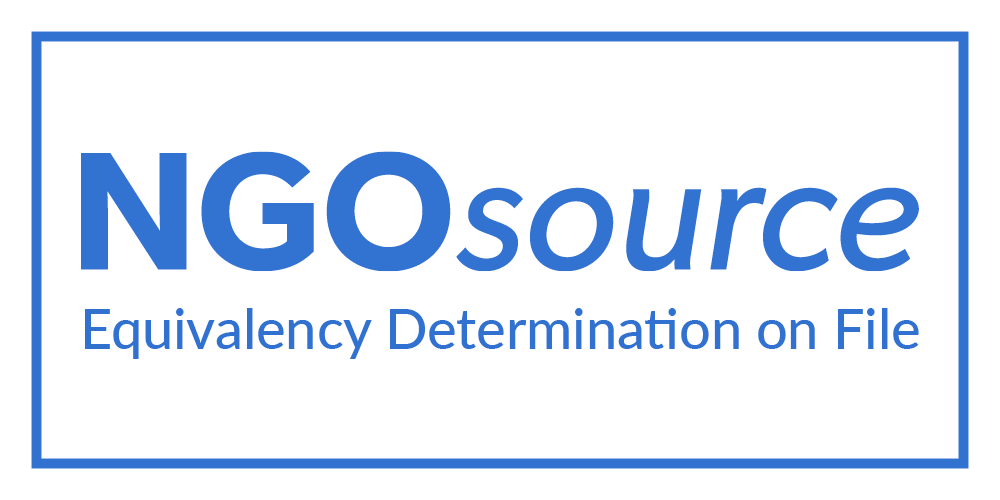Adalah Submits Appeal to State Attorney Against Mahash Decision to Close Its Investigatory File Against Israeli Police Officers Who Shot and Killed 17-Year-Old Mahmoud Sadi
On 20 April 2004, Adalah filed an appeal to the State Attorney's Office against the decision of the Ministry of Justice Police Investigation Unit (“Mahash”) to close its file against police officers, who shot and killed 17-year-old Mahmoud Sadi from Led (Lod), for “lack of guilt”. Adalah submitted the appeal after thoroughly reviewing numerous documents including the autopsy report, testimonies of police officers and an eyewitness, as well as fingerprint and other forensic evidence, which clearly indicate that Mr. Sadi was killed by the police without posing any danger to them. Adalah argued that the use of deadly force by the police against Mr. Sadi, under these circumstances, constitutes a crime, and that the State Attorney's Office should submit indictments against them for manslaughter, causing death by negligence, and causing harm with aggravating intent. Adalah Attorney Marwan Dalal submitted the appeal on behalf of Mr. Sadi's family members.
On the evening of 8 December 2003, Mr. Sadi was killed by police officers in Ramle, a city in the center of Israel. On 11 December 2003, Adalah sent a letter to Mahash requesting the opening of an investigation into the case. In public statements made immediately after the event, the police falsely alleged that the deceased was one of the biggest drug dealers in the area, that he had pointed a gun at one of them from the car he was driving, and that the police had then shot him. In the appeal, Adalah set forth, inter alia, the following arguments of fact and law that indicate that the killing of Mr. Sadi was an illegal, criminal act:
Mr. Sadi's car, a Mazda, was stopped at a red traffic light behind a big taxi and was not avoiding a pursuit, when two police cars - one an unmarked rental car and the other a marked white Toyota, an official police car - surrounded it. Police officers then came out of the cars and shot and killed him. However, the Mazda driven by Mr. Sadi was dark gray and not white and there were three people inside the car and not two. When asked by Mahash whether the car he reported was the same one he saw following the incident, Faraj answered, “No”. According to the statements of police officers involved in the shooting and killing of Mr. Sadi, the streets were well lit and visibility at the scene was clear.
In the appeal, Adalah maintained that the only common factor between Officer Faraj's information on a “Mazda” and the other officers' closing in on Mr. Sadi's car was that the people in the car were Arab or as expressed by the police “bney miu'teem”. Adalah argued that this fact suggests a racial motive behind the police shooting at Mr. Sadi and his car.
In his statement to Mahash, police officer Yogev Kogon said that he shot from behind “towards the driver.” Kogon claimed that the Mazda driven by Mr. Sadi posed a danger to him. He stated that he saw a white light coming from the Mazda, which meant that the car was headed in reverse towards him and that is when he shot at the driver. When asked directly by Mahash whether he saw anyone in the Mazda pointing a gun or heard anyone shouting “gun,” Kogon answered, “No”.
Adalah argued that such shooting is illegal. Under the law, even when shots are warranted, the police can only resort to this measure in such a way as to cause as minimal damage as possible to a citizen. In addition, it is a police officer's duty to verbally warn before shooting and to warn first by shooting in the air. In the appeal, Adalah argued that there was no justification for the shooting, as Kogon could have moved one step away to avoid the car's path, which did not go in reverse, but according to Kogon, intended to do so. Kogon also resorted to the most dangerous and lethal use of force as a first measure and not as a final one. He shot fatally towards the driver rather than, for example, shooting towards the car's tires. Thus, he violated his duty under the law.
In the appeal, Adalah argued that except for Tshuva, who shot Mr. Sadi, no other police report or statement documents Mr. Sadi as carrying or pointing a gun or as hearing Tshuva shouting “gun”. In addition, the fingerprint report of the alleged gun held by Mr. Sadi proves that he was not holding a gun, as it did not have his fingerprints on it. Further, the autopsy report of the deceased's body does not mention any gun residue on his hands or fingers. Moreover, the first police officer to approach Mr. Sadi after he was shot did not claim to have seen any gun with or near Mr. Sadi.
According to Bar-On, some people in civilian clothing got out of the rental car, surrounded Mr. Sadi's car, and started to shoot at it heavily. Bar-On added that these persons could not be identified as police officers and only after they had finished shooting and found that an individual had been killed (Mahmoud Sadi), did they put on their police hats. He also stated that he did not see the deceased point a gun towards any of the officers.
Contrary to Mahash's decision to close the investigatory file for “lack of guilt,” Adalah argued that all of the evidence shows that the police officers, especially Kogon and Tshuva, committed criminal offenses by shooting and killing Mahmoud Sadi, for which they should be indicted. Adalah emphasized that closing the file against the police, despite the findings mentioned above, legitimizes the dangerous use of force by the police against citizens in general, and the Arab Palestinian minority in Israel in particular.












